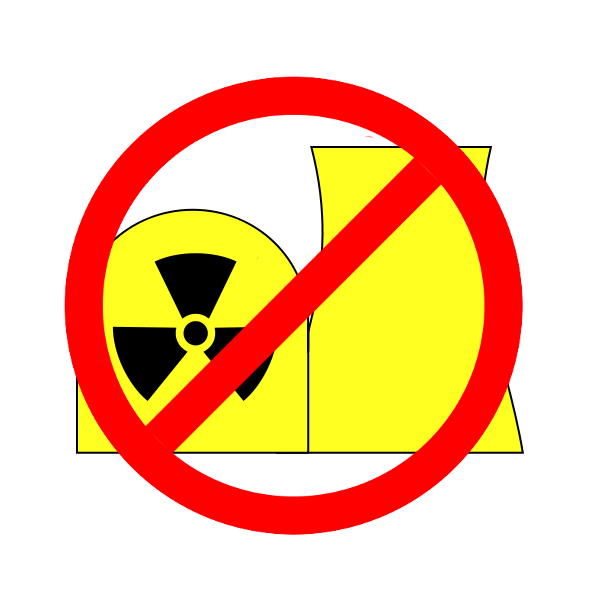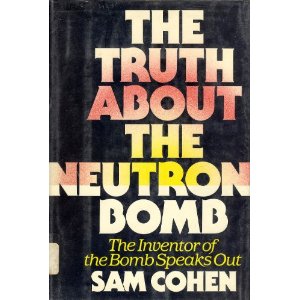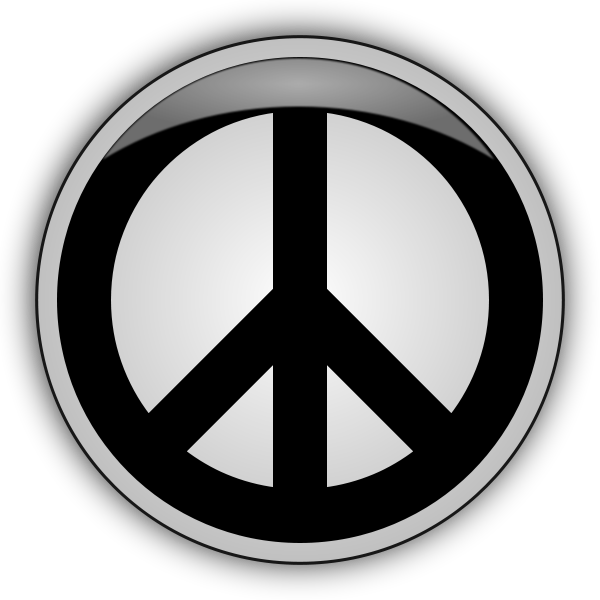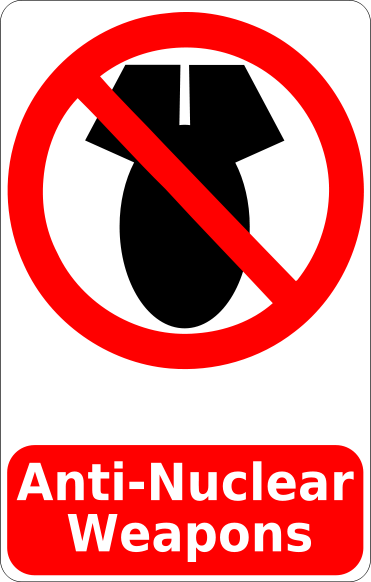I have posted a number of blog entries about nuclear weapons held by different countries including estimates of how many each has. The problem with these estimates is that the exact number of nuclear warheads possessed by each nuclear power is a closely held military secret. Nonetheless, I will try to present a good estimate of global totals in this post.
The world inventory of operational strategic nuclear weapons such as intercontinental ballistic missiles that can reach any spot on the globe in minutes is currently around 4000 warheads. About half of these are on high alert, ready for use at any time on short notice. These have been the main focus of arms reduction talks. The U.S. and Russia are dismantling strategic warheads but the Chinese are manufacturing more and deploying new delivery vehicles.
Nonstrategic nuclear weapons are shorter range delivery vehicles for smaller nuclear warheads such as artillery; short-, medium-, and long-range ballistic missiles; cruise missiles; and gravity bombs. It is estimated that there are about two hundred such warheads that are operational. They have been deployed in Europe by the United States. Russia no operational warheads deployed but has several thousand retired warheads awaiting disassembly.
In the category of Reserve/nondeployed combines both strategic and non strategic weapons are being held in reserve or being overhauled. There are about six thousand of these warheads around the world.
Military stockpiles of warheads in storage, some of which are awaiting decommissioning, contain around ten thousand warheads.
In addition to the number of warheads in the United States – around eight thousand, there are fifteen thousand plutonium cores stored at the Pantex Plant in Texas and the Y-12 Plant in Tennessee. In Russia, there are around eight thousand five hundred warheads with several thousand warheads awaiting disassembly.
So the estimated global inventory of all nuclear warheads of all type is around twenty thousand as of December 3012. These numbers are compiled by the Federation of American Scientists from the Nuclear Yearbook of the Bulletin of Atomic Scientists, the appendix of the SIPRI Yearbook and the FAS Strategic Security Blog. The best estimates are for the United States and the worst estimates are for North Korea with the rest of the nuclear nations, Russia, United Kingdom, France, Israel, Pakistan and India somewhere in between.
Despite reduction of nuclear arsenals from Cold War levels, all the nuclear states seem to be committed to updating their warheads and delivery systems. None seem to be inclined to consider the elimination of their nuclear military capability. International tensions wax and wane. Some countries that were enemies are now allies. But it is still assumed that the possession of nuclear weapons is a strong deterrent to attack from an enemy.
Graphic from nucleardarkness.org. Visit their website to find out how you can contribute to reducing the prospect of nuclear war.




